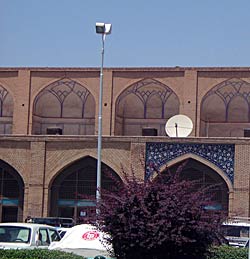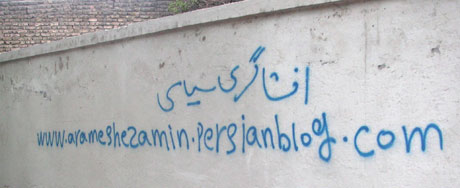The other day I came across an interactive flash-map, made by OpenNet Initiative (ONI), that show the status and levels of internet-related censorship in the world. One thing that struck me was that my neighboring country of Norway is on the watchlist. It turns out that Norway along with Great Britain operates a filter for child pornography.
A similar filter is in service in Sweden – but Sweden is not listed on the ONI map.
Rikskriminalpolisen (National Criminal Investigation Department) supplies the ISP?s with a list that they are ?recommended? to block. Minister of Justice Thomas Bodstr?m have put pressure on the providers by saying that a law might be passed to force them to filter, if they did not comply voluntarily.
From what I have come to understand the blocks are done on IP-number level, effectively blocking other sites that happen to share physical server with an offending site.
As usual, censorship starts small and then expands as new challenges present themselves and the temptation to ?just push that button? gets impossible to resist. Currently the Swedish government is on a quest to stop human trafficking (and prostitution – since in their eyes, the words are synononymous) and Bodstr?m have said that the list of blocked sites also might include prostitution sites sometime in the future.

 Officially, owning a satellite dish in Iran is illegal but despite the occasional raid, the government seems to be quite tolerant to it. Though, I must admit I was surprised when ? even at
Officially, owning a satellite dish in Iran is illegal but despite the occasional raid, the government seems to be quite tolerant to it. Though, I must admit I was surprised when ? even at 